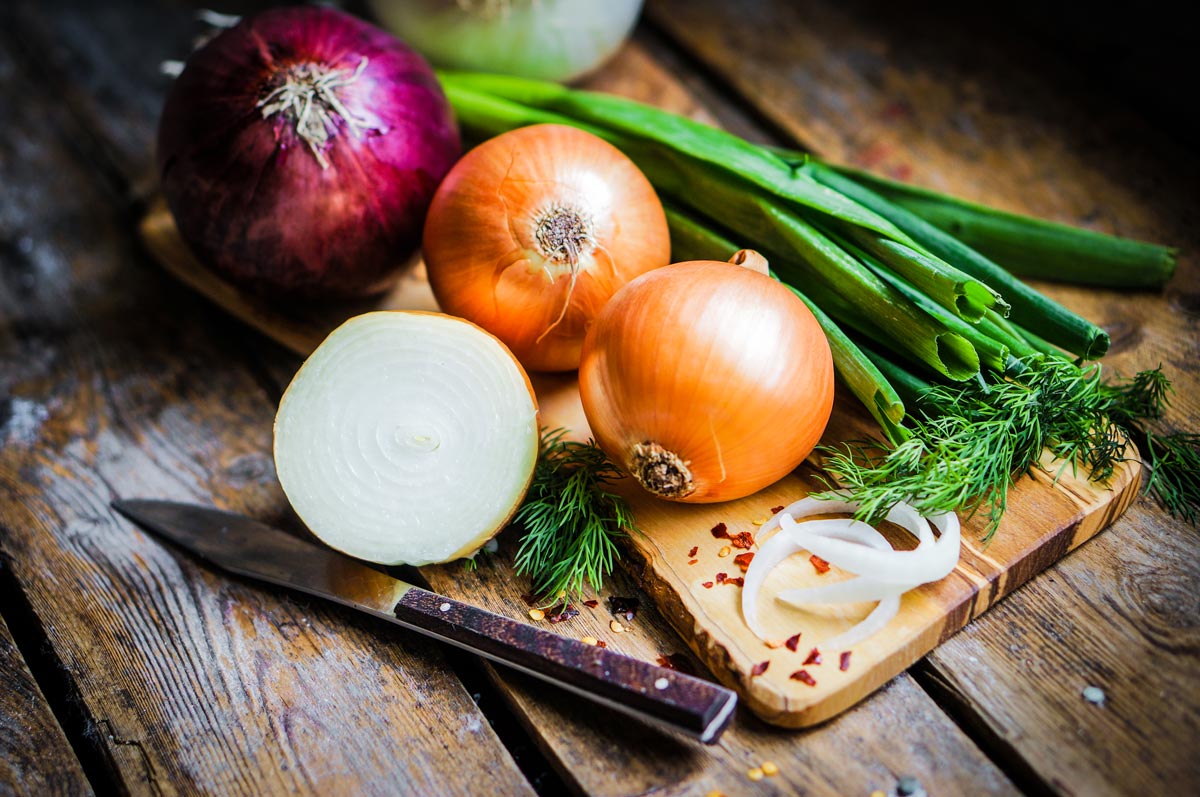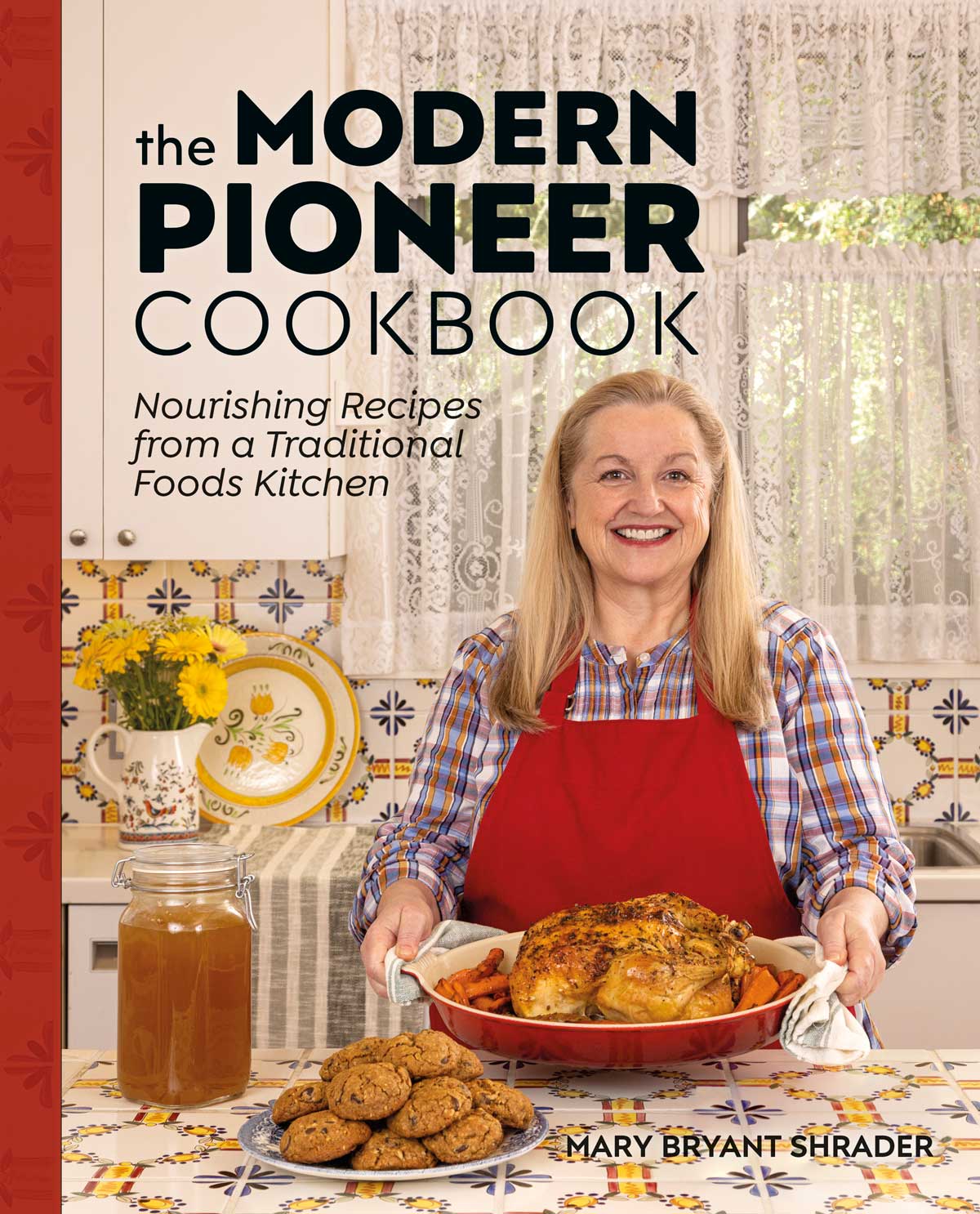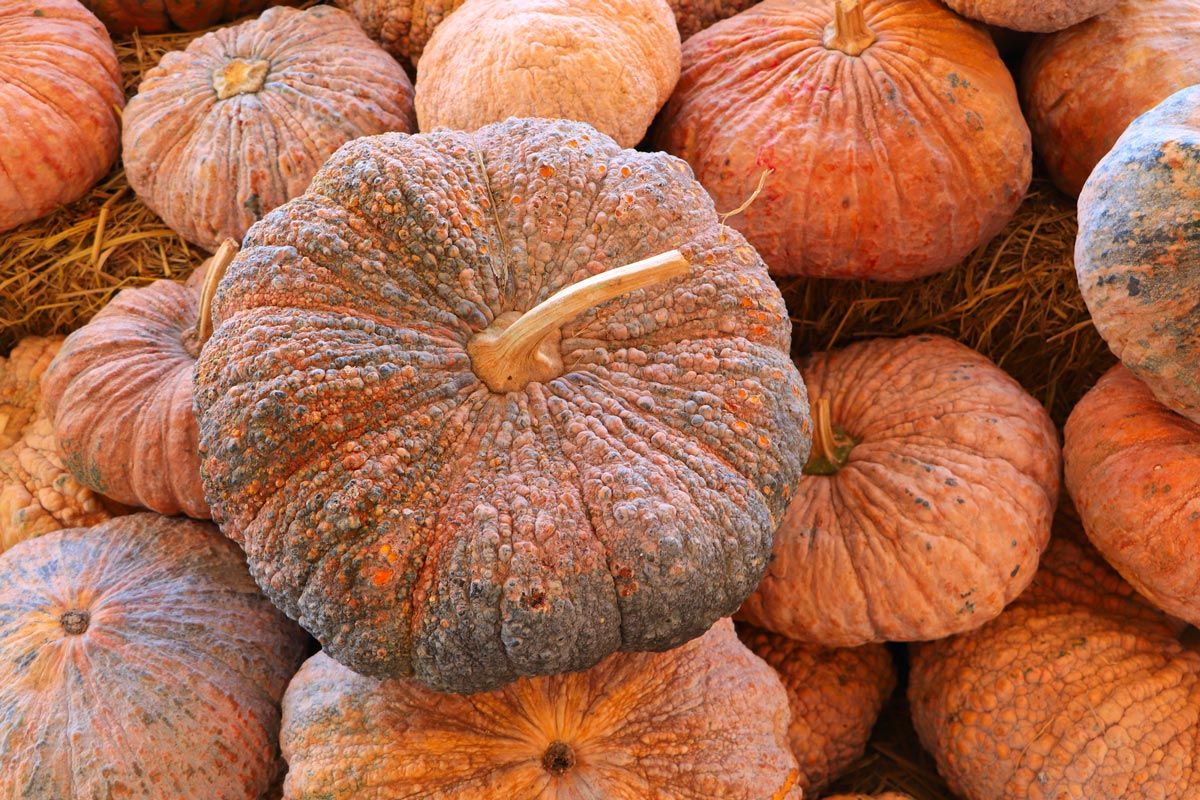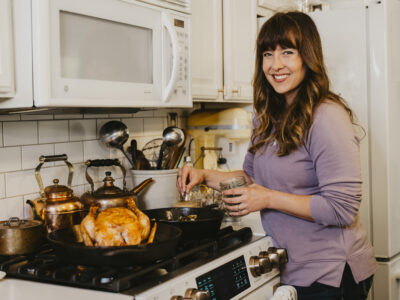Have you ever wondered how people manage to grocery shop, cook from-scratch meals for their family, and have no waste coming out of their homes? They make it look so easy! Though it might not be easy, it is simple to create a no-waste kitchen yourself.
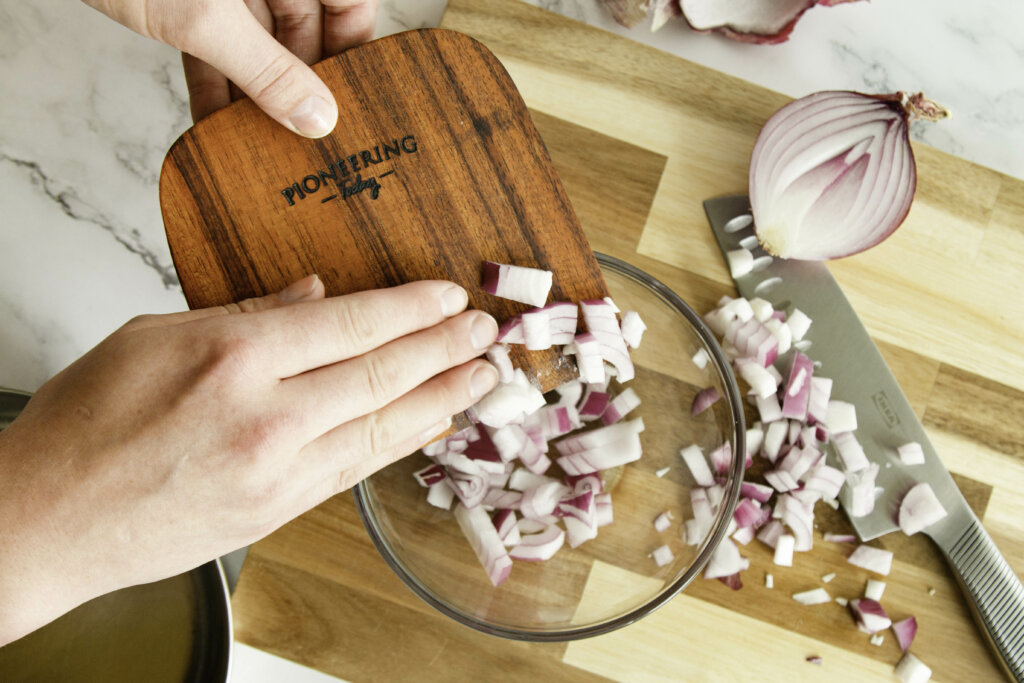
Today’s guest on the Pioneering Today Podcast (episode #407) is very special. And I must say she’s just as sweet in person as in her YouTube videos! My guest today is Mary Shrader from Mary’s Nest. She’s sharing her decades of knowledge and tips on maintaining and maximizing a no-waste kitchen.
About Mary Shrader
Mary grew up in the suburbs of New York with a father who had a country heart. During her childhood, her parents practiced many of the skills homesteaders today are doing. Her mother could make a complete meal from scraps and was passionate about teaching her “the gentle arts of domesticity.”
Mary recalls rolling her eyes as she followed her mother’s instructions. Her mother taught her how to cook, clean the house, iron, etc. As a teenager in the 60s and 70s, she didn’t think she’d need these skills as an adult, but she humored her mother and learned the skills.
Later in life, after her son was grown and off to college, these valuable skill sets helped her create her successful YouTube channel and website, Mary’s Nest, where she now passes along these same skill sets to others.
Why Learning These Skill Sets is Important
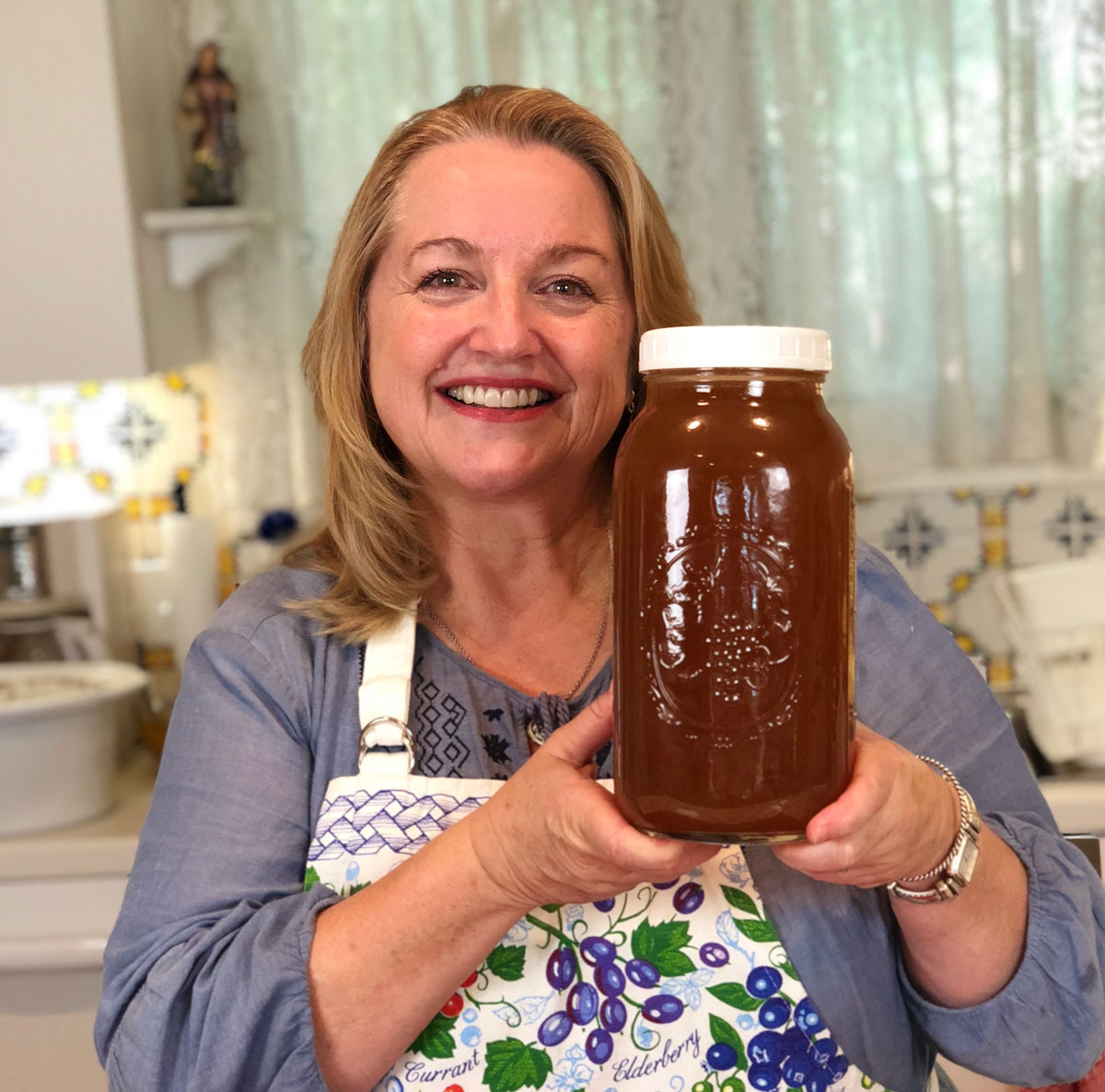
It doesn’t matter if you were raised in the city, the suburbs or on a homestead. These basic skill sets can be learned by anyone at any age and are great knowledge for whatever the future may bring.
Consider there’s a job loss in the family or an upcoming move across the country. If there comes a time when you need to pinch a few pennies, or you’re working hard to get out of debt, or heaven forbid, a death in the family, reducing the grocery budget is one of the easiest ways to cut down on your monthly expenses.
Focusing on what’s important during these times instead of having the stress of learning to manage a home or cook well on a budget can help ease the burden.
It Should Not Feel Overwhelming
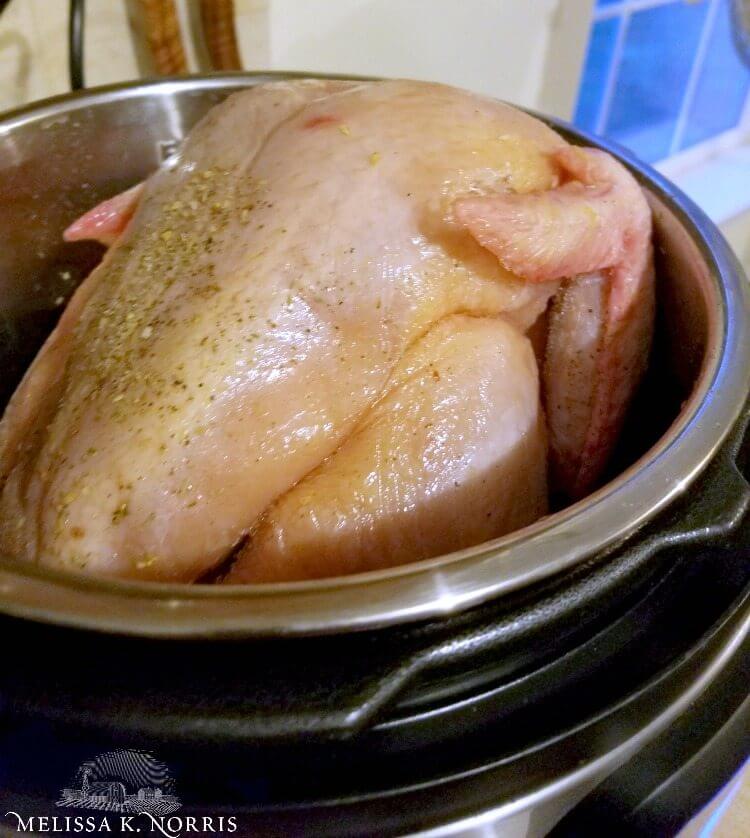
When you’re beginning this journey, it’s important not to jump off the deep end. Learn one skill at a time, but also take small steps. When trying to cook from scratch or replace ingredients in your home with healthier alternatives, don’t go tossing all your pantry items in the trash!
Slowly layer on these skills one at a time. For your pantry ingredients, only replace an item once you’ve used up what you already have on hand.
Take the journey slow and steady, and you’re less likely to crash and burn.
One of Mary’s biggest encouragements to people is not to get too dialed in on what’s not feasible at this moment.
For example, if you’re on a budget and trying to feed your family healthy homemade food, buy the best chicken you can afford. If you can’t afford organic, pasture-raised, etc, then buy the cheapest option.
Roast the chicken, save the bones, and turn it into bone broth. You’ll be amazed at how far a whole chicken can stretch to feed your family healthy whole foods. Even if it’s not organic!
Shop Locally (Save Money)
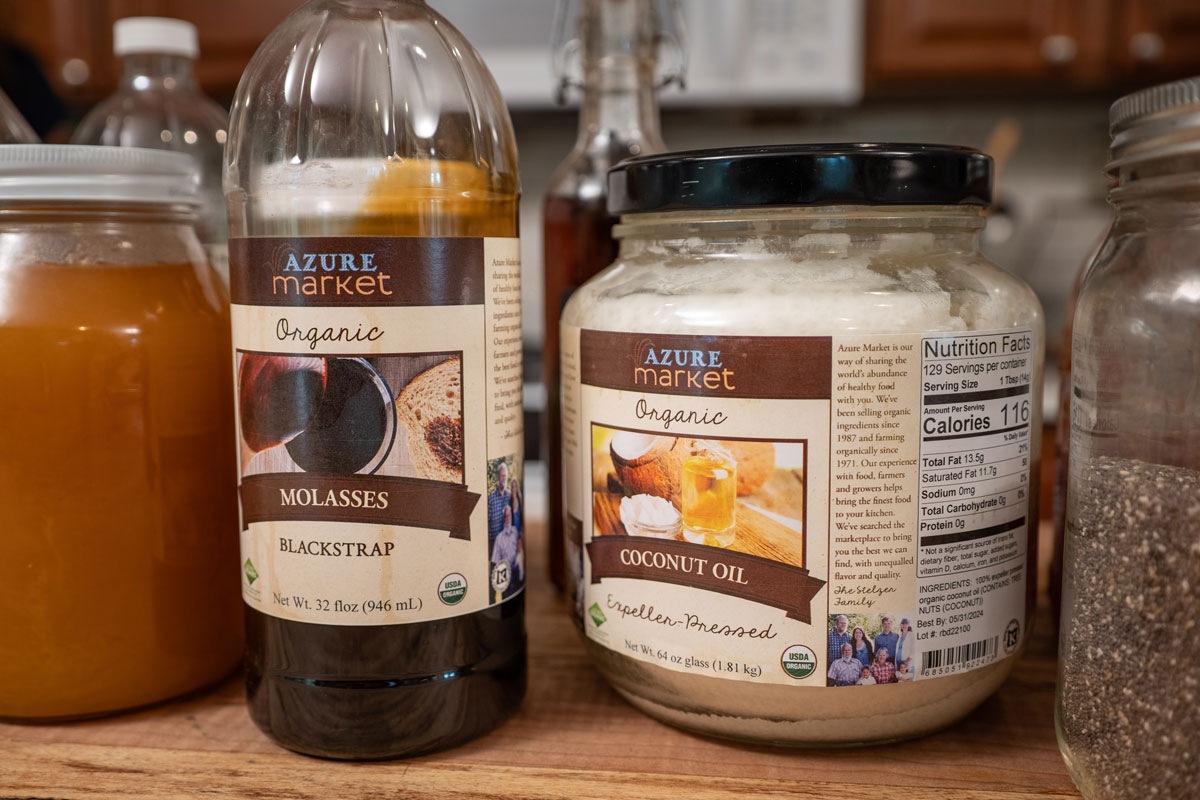
Spending more money than you have is never wise. The stress of the financial burden only adds to an already stressful situation.
As you begin to cook from scratch, start thinking about ways to source food locally. Shop farmer’s markets or join a CSA or a community garden. Get to know your local farmers. Seek out those raising meat chickens, egg-laying chickens, beef cows, dairy cows, etc.
Develop relationships with the people around you and find creative ways to stay within your budget.
Consider bartering. Many farms will barter your time for products. Help a farmer harvest their potato crop in trade for a year’s worth of potatoes. Getting creative can help when it comes to saving money.
When you can’t find something locally, consider a food-buying coop like Azure Standard. I’ve been shopping with Azure for years and they’ve really helped build up my bulk food storage supply. They also carry all kinds of household goods, animal products, etc.
For first-time customers, Azure Standard is also offering 15% off your first order of $100 or more when you use coupon code “Melissa15” at checkout.
Save the Scraps!
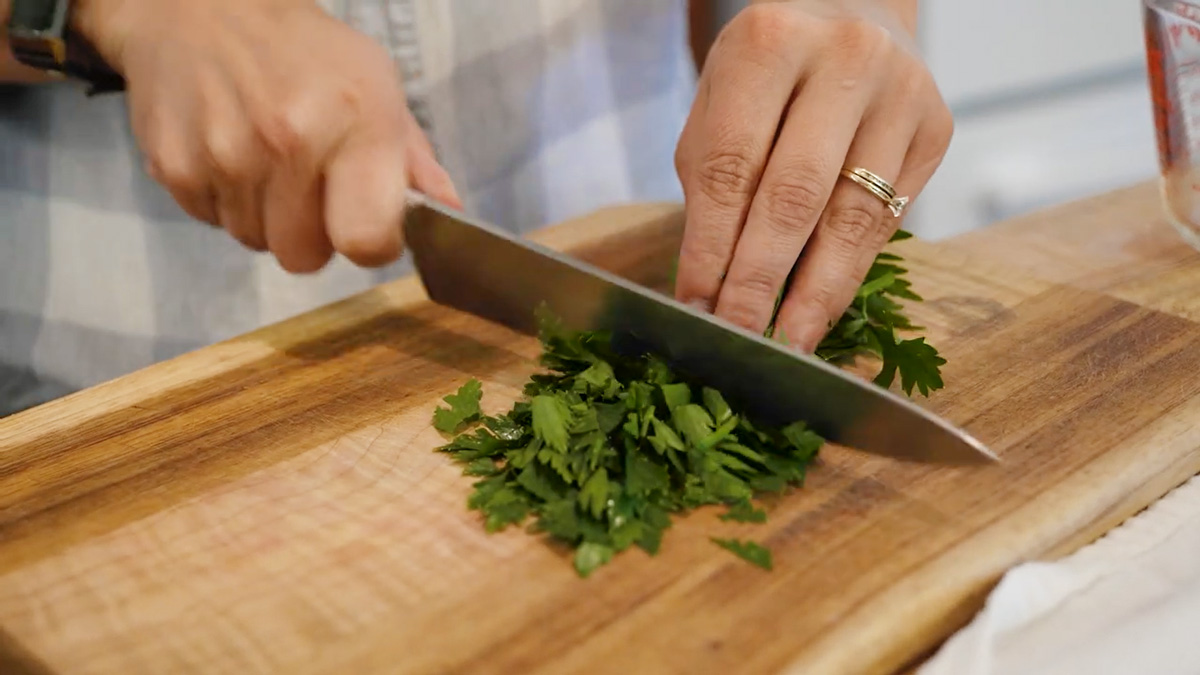
The best first step in creating a no-waste kitchen is to get a scrap bag! What’s a scrap bag? Great question! A scrap bag is a large gallon-sized ziptop bag that you keep in your freezer. Every time you peel an onion, or carrots, or chop the leaves off a stalk of celery, you throw the scraps in the bag.
As you oven-roast whole chickens, save the bones in a separate bag in the freezer. Once you have about one to three chicken carcasses and a bag of vegetable scraps, you’re ready to make a batch of chicken bone broth.
Then, learn how to inspect the chicken bones to see if there’s still some cartilage left on the chicken to know if you can make another batch of broth. If you don’t have time, cool the bones and store them in the freezer until you’re ready to make another batch.
If you get on a roll and make too much to consume before it goes bad, learn how to can bone broth so it’s sitting on your pantry shelf whenever you need it.
Learn to Evaluate Your Food
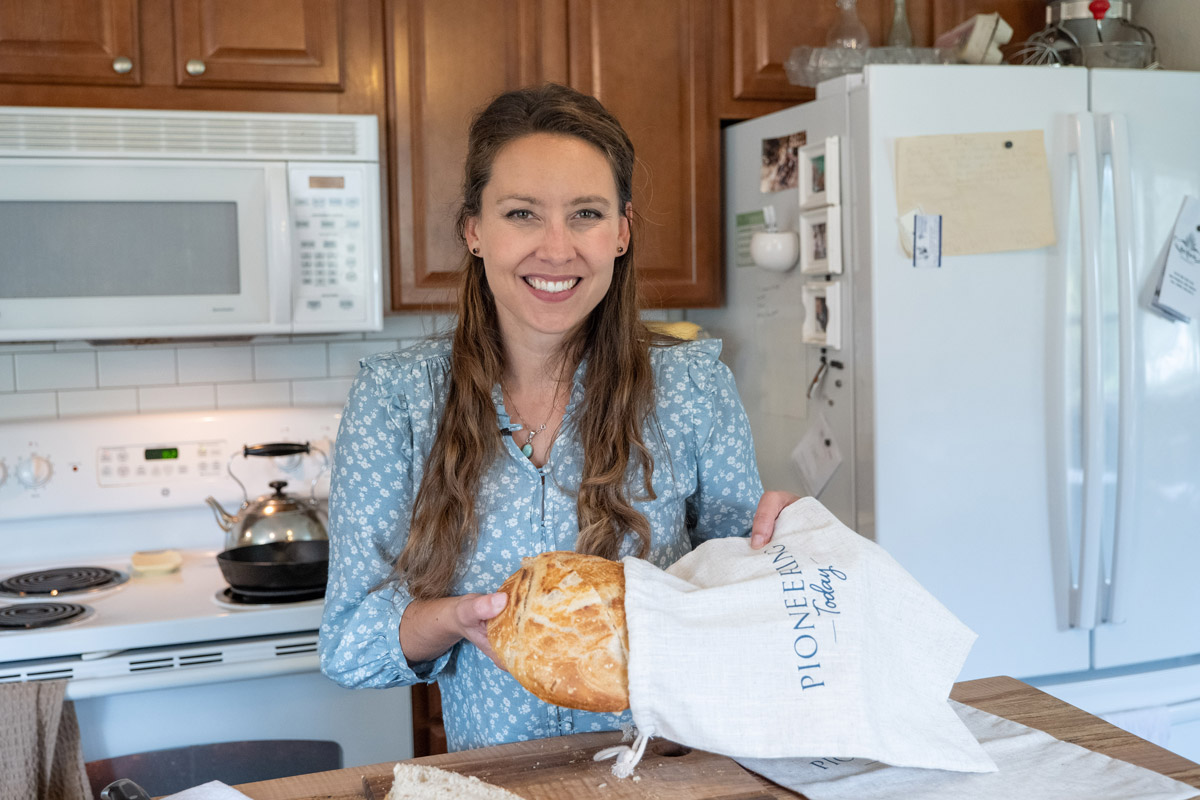
Another great skill is learning how to get creative with your food and evaluate it. Once a week, Mary looks in her crisper drawer and makes soup from whatever veggies need to be used up before going bad.
When you learn how to use ingredients and seasonings, you’ll be amazed at the delicious meals you can create from what might otherwise end up in the compost bin.
When you get in the habit of evaluating your food, you start to realize there are many other uses once that food is past its prime.
- Stale bread? Turn it into breadcrumbs or bread pudding, or use it for a breakfast strata.
- Veggies that are a little past their prime? Give them a trim and toss them into soup, or save them in your scrap bag for adding nutrients to bone broth.
- Cold compost! When veggies are beyond saving, you can “cold compost” like Mary’s mom used to do. Put the ingredients into a blender with water and create a liquid compost. Then, take it out to the garden, dig a hole and pour it in. Cover that hole and let your plants compost the liquid as fertilizer.
- Don’t toss your tomato skins! When blanching tomatoes for preserving, save the skins and dehydrate them. Then, blend them into a powder to add to soups and stews for added flavor.
- Sourdough discard – If you keep a sourdough starter, don’t toss the discard. Save it in the refrigerator to make sourdough pancakes, waffles or a tamale pie. Finding creative ways to use your sourdough discard means it never ends up in the trash.
Because both Mary and I grew up with parents who lived through the Great Depression, we were both taught to reuse as much as possible. Before tossing something into the trash or compost, we always ask ourselves if there’s another use for that item.
Saving rubber bands, paperclips, clamshell containers from the grocery store (they make great seed starting containers), etc.
Stock Your Pantry Well
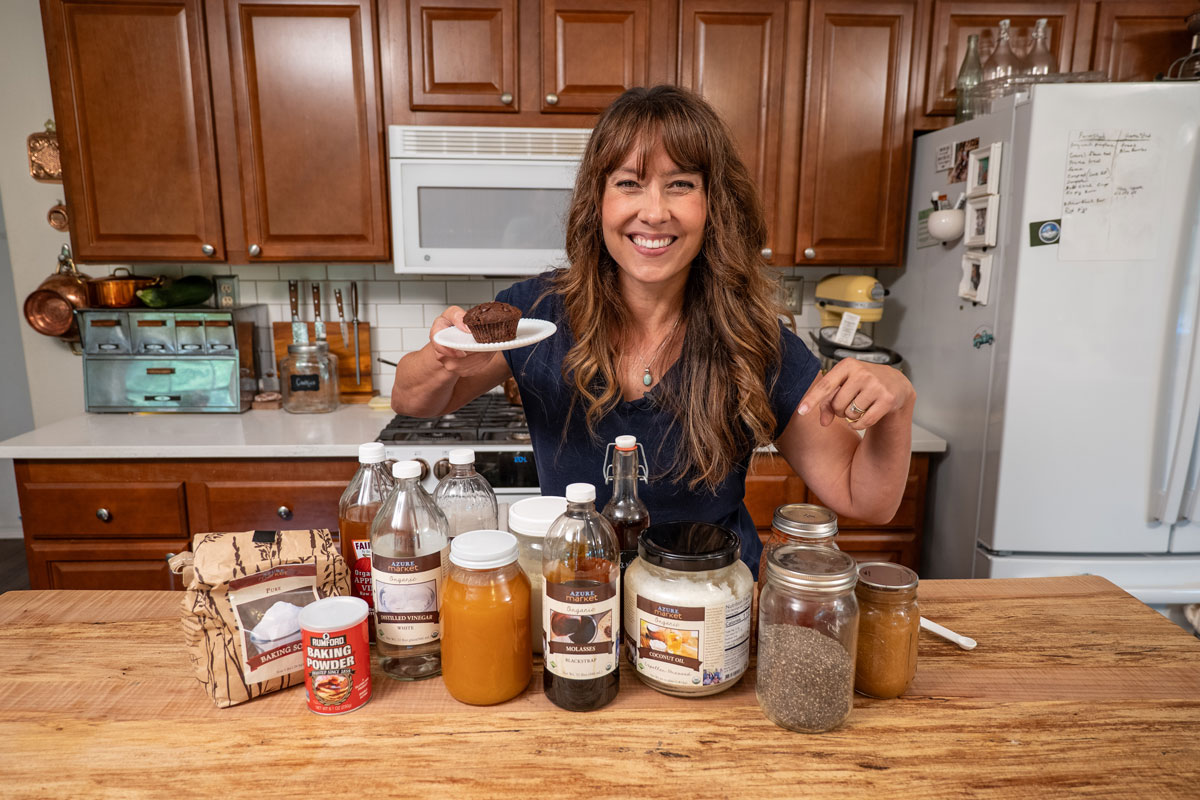
When you begin learning how to cook from scratch, you also learn how to stock your pantry with ingredients that can be turned into delicious meals. You learn ingredient substitutions so you’re not constantly running to the store every time you run out of an ingredient.
You’re no longer buying packaged foods like cake mix. Instead, you have a few jars of homemade cake mix or brownie mix sitting on your shelf. The same goes for pancake mix, muffin mix, biscuit mix, oatmeal mix, and even homemade hot cocoa mix! Making these items from scratch saves so much money.
When visiting the grocery store less, you’re also saving money by not making impulse buys.
The more you can stay out of the grocery store, the better! You’re not only saving time and money, but you’re likely making healthier choices by cooking from scratch at home.
We Make The Most of Our Homemade Products
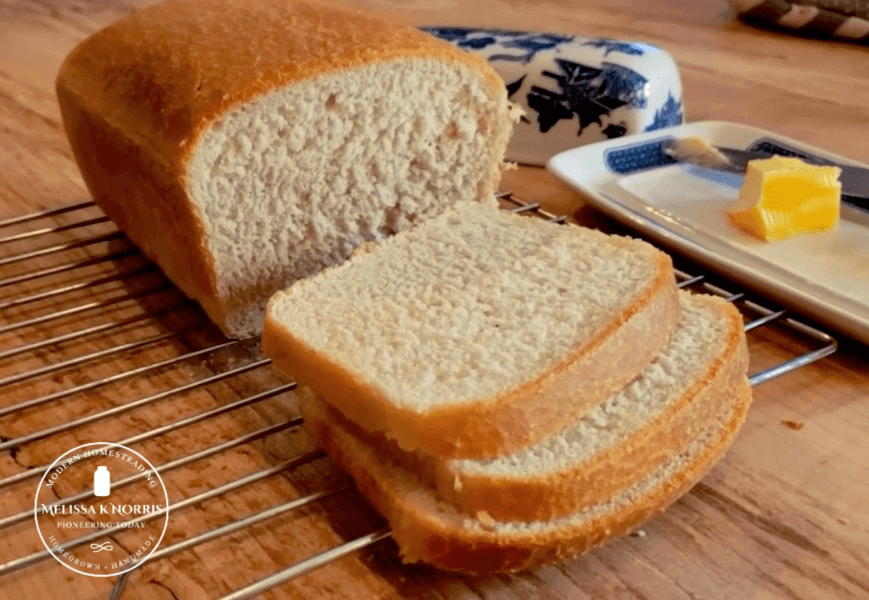
When someone spends time making something from scratch, it’s much more likely that they’ll make the most of that ingredient.
It’s easy to throw away a loaf of store-bought bread once it’s gone moldy. But if we make a loaf of bread from scratch, we’re much more likely to make use of the entire loaf before it goes bad.
You won’t want to waste it because it takes time and energy. It’ll “hurt” a little bit more if you throw some of it away.
Family & Memories & Food Are Intertwined
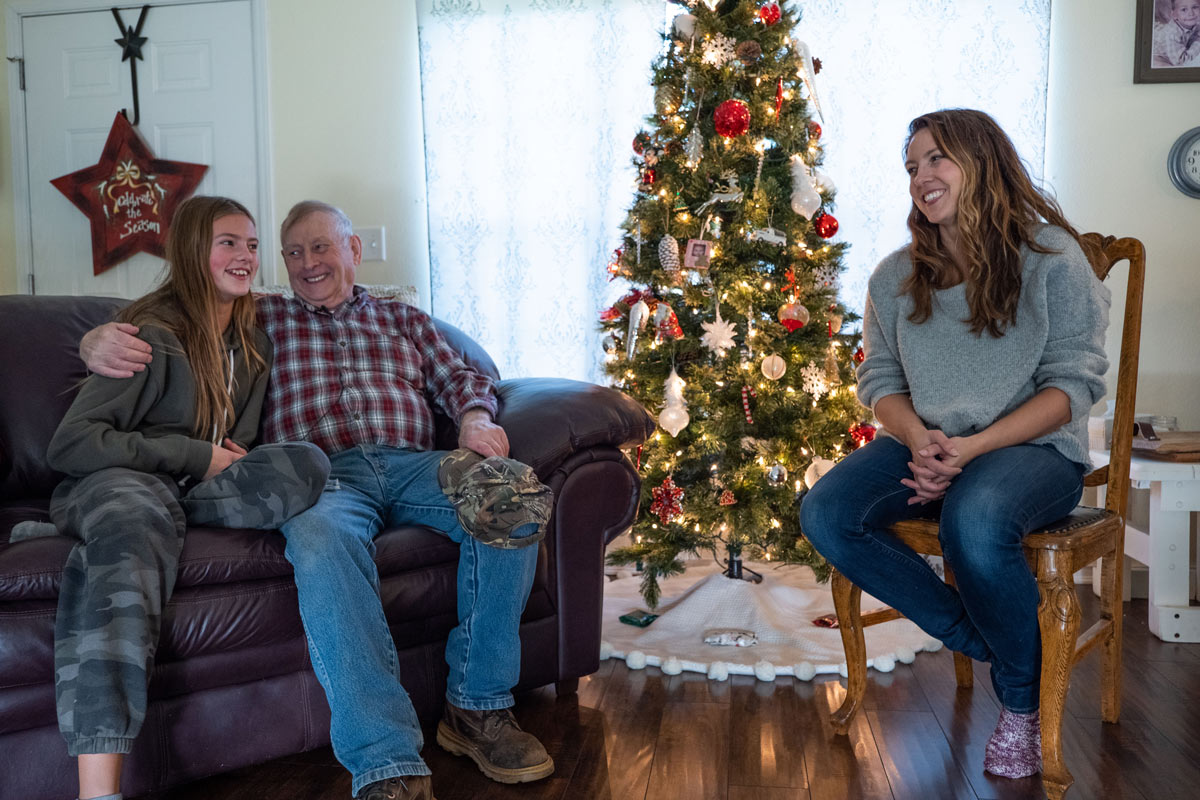
And finally (and this is why I got emotional on the podcast that accompanies this blog post), cooking brings us together. We remember recipes our grandma or our mother used to make for holiday meals, and there’s something inside of us that wants to continue that tradition once they’re gone.
When we make those recipes, it connects us to them. Brings back floods of memories and carries on their legacy.
Share the Journey

One of my and Mary’s favorite things is to watch people on their journey to discovering home-cooked meals. We don’t all need to jump in with both feet and learn the art of sourdough bread. But we can pick up some flour and a packet of yeast and make an inexpensive homemade sandwich bread (that’s much healthier and less expensive than the store-bought alternative).
Then, once we learn a skill, we pass it along to a friend, a neighbor, or a child. Maybe start a working bee group. Be part of someone else’s journey by sharing your own.
Where to Find Mary
Mary has a cookbook called The Modern Pioneer Cookbook: Nourishing Recipes From a Traditional Foods Kitchen. You can find Mary at her website, Mary’s Nest, as well as the following social media channels:
More Posts You May Enjoy
- How to Meal Plan – 8 Easy Steps for Easy From-Scratch Meals
- 7 Time-Saving Tips When Cooking from Scratch
- Can You Safely Can Previously Frozen Food?
- Batch & Freezer Cooking – 12 Time-Saving Tips for Homemade Meals
- Traditional Cooking Tips to Get Homemade Food on Your Table Every Day
- From Scratch Christmas Dinner Menu – From the Garden
